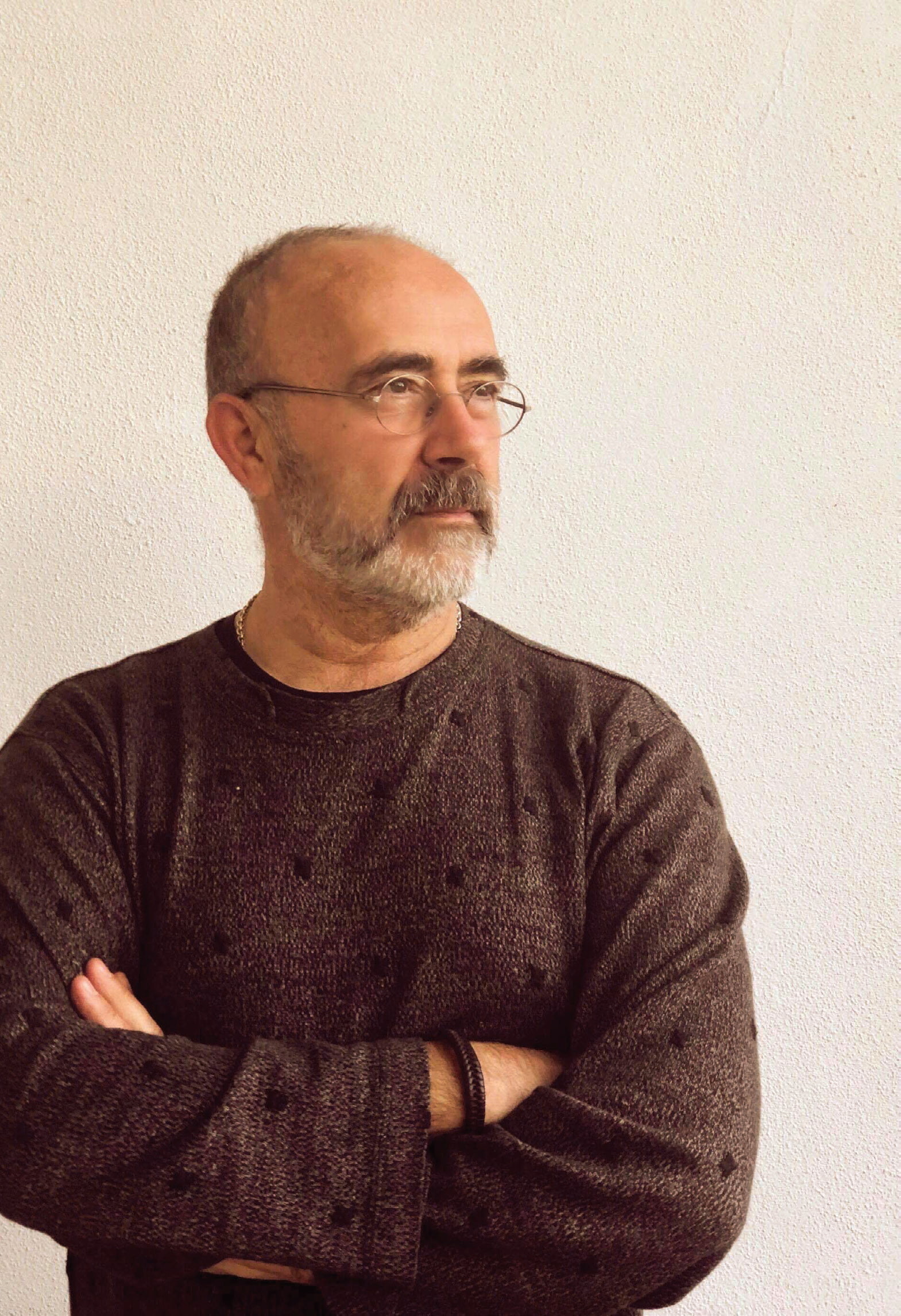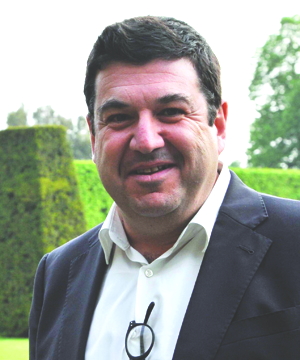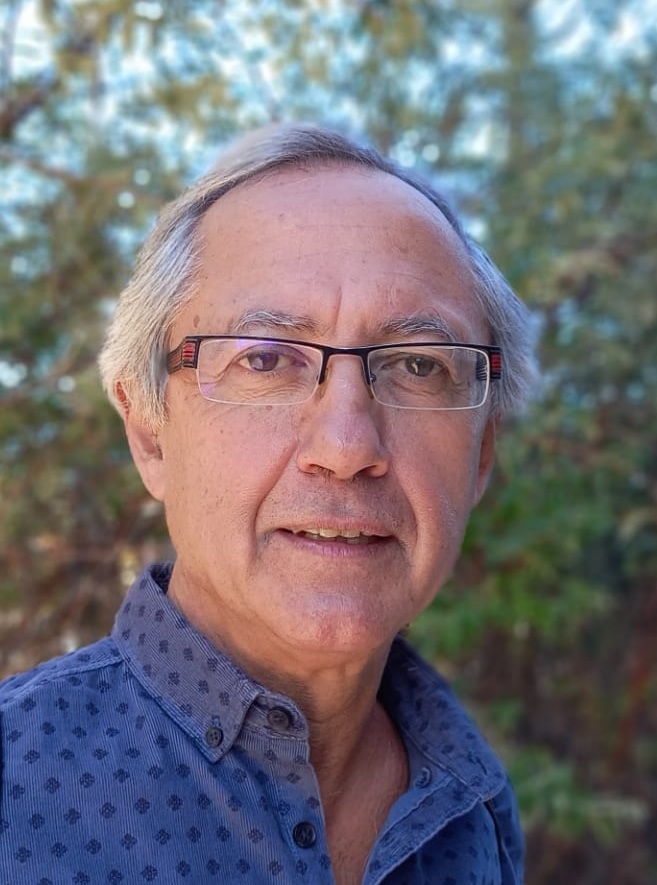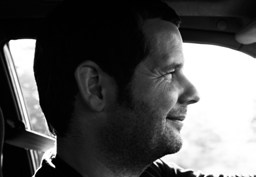A conversation with Arch. Alberto Caetano

A conversation with Arch. Alberto Caetano
‘One of the most important things for an architect is […] to get a sense of the history of architecture, because if there is Corbusier, Mies and Siza, it is because there were Miguel Ângelo, Bramante and Borromini’
Architect Alberto Caetano, why architecture? Tell us about your journey.
Architecture came to me as a second choice. The first was Painting, but at home it was said that painting was not a profession, it was for lazy boys with no hope for the future, who would go hungry all their lives. When I had to choose the course, I decided on Architecture because it was the most similar to painting, and besides that, at that time, both Schools were established in the same building and a great friend, a colleague from the primary school, Carmen Lemos, had just matriculated in Architecture. The passion for architecture only came later.
On the studio’s website can be read “Vivência poética do espaço + Rigor construtivo + Precisão do desenho” [eng.: “Poetic experience of space + Constructive rigor + Precision of drawing”. Can you describe your architectural style and your essential influences?
The poetic experience of spaces has a strong relationship of how the architect draws the light (natural and artificial) of the spaces he projects and how it manages, or not, to reveal these same spaces through the chosen material that will characterize them and, in this way, to be able to provoke a poetic experience: a space of serenity. All of this, however, depends on the capacity of each one and the way in which the occupant will live and occupy the space. I always liked to print rigor in the things I do, thinking that it is the duty of all of us Architects, to print rigor in our work. Constructive rigor should be a consequence of the precision of the design, which, unfortunately, does not happen very often.
You have published several books, your work has had many references in magazines and you have participated in collective and individual exhibitions. Is this type of promotion reflected in the demand of your work? What do you feel when you see your work recognized?
I have been fortunate to have some friends who have been interested in my work and have published it, as well as some clients who have recognized it when they start to inhabit the spaces that I design for them. Once, a client was always upset and grumpy with me during construction. In the end, when she went to live in the apartment, she told me that she had never felt so good and so peaceful in a house and thanked me. Another, who became a great friend, told me that she had learned from me the importance of a handle on a door and the meaning of detail and geometric rigor.
What moments would you highlight from your activity as an architect?
It is a difficult question to answer, because when I am developing a project, even if it is designing a bookcase, I think that is the moment. However, the moments that I would highlight in my professional life were the Lux terrace project: the interior remodeling of the nightclub; and Loja da Atalaia, at Cais da Pedra. I had an exceptional client, Manuel Reis.
In what areas have you had the most work, what are you developing at the moment and what is your vision for the future?
Above all, recovery and interiors. We are currently finalizing an apartment and recovering a structure with multiple spaces in a single-family house. The vision for the future is difficult to predict, only definable when the time comes. In my office, my employees know that I will give them a warning signal three months in advance.
Alongside the project activity, you’ve taught at FAUTL from 1992 to 2011. What did you retain from that experience and what key teachings did you give to your students?
I really enjoyed the teaching experience. A lot was learned from the students, although there were moments of frustration. Every day was a new challenge. It was exciting to see their transformation. Until April, every year (I taught the 1st year) I felt enormous frustration because it seemed that everything that I had transmitted, was not absorbed, although many of them did not even know why they had joined the course.
But after April, they seemed to bloom like spring and, in the end, those who had the vocation would present fascinating works. Above all, I taught that architecture is a priesthood and that one of the most important things for an architect is to learn to see, travel a lot, read, visit museums and, above all, have a sense of the history of architecture, because if there is Corbusier, Mies and Siza, it is because there were Miguel Ângelo, Bramante and Borromini. And that the fundamental material of Architecture is light, which reveals matter and it, the limits of the space where man inhabits; and above all the awareness that Architecture is intended for the man’s living.
Is there anything you haven’t done yet that you would really like to achieve, at a professional level? Building your own house? Why?
There are always many desires. It is normal for a man to desire, but my great wish is to be able to continue doing Architecture, even if it is the act of designing a door, but in the end, there is the pleasure of the result when it is materialized. I’ve never designed a house for myself, but I always recovered the spaces I used to live in. There are still many spaces that no one looks at, waiting to be looked at.
This interview is an integral part of Revista Artes & Letras # 115, of January 2020
Partially automatic translation from portuguese: some expressions may differ from their actual meaning.
News & Interviews
A conversation with Arch. Bak Gordon
'Architecture needs time. We are transforming a place and it seems that people don't understand that it takes time to think, otherwise the places will be out of character. Architecture requires serenity, it cannot be euphoric.’ Read more
A conversation with Arch. Luís Cabral
‘Architecture that designs buildings can enclosure an environment without external factors, with lighting and air conditioning. Outside, you need to deeply understand the signs of the landscape. ' Read more
A conversation with Arch. João Góis
'I always try to reflect, in the projects, the personality of their owners. Manage customers' anxieties and choices. There is no better satisfaction for an architect that people live their homes to the full. ’ Read more




